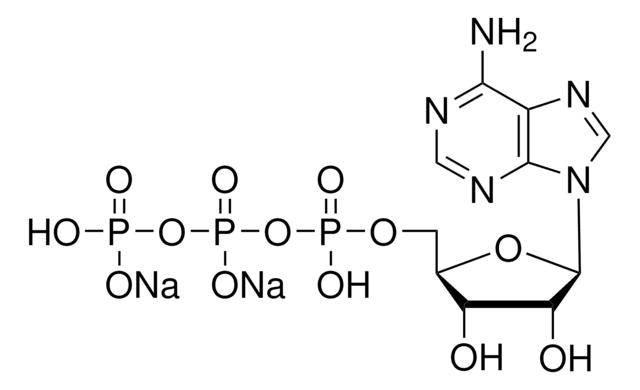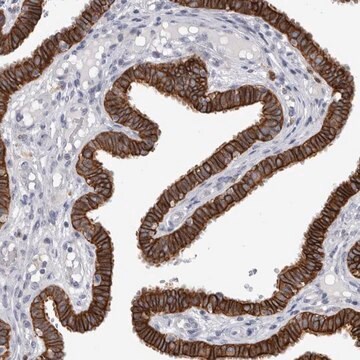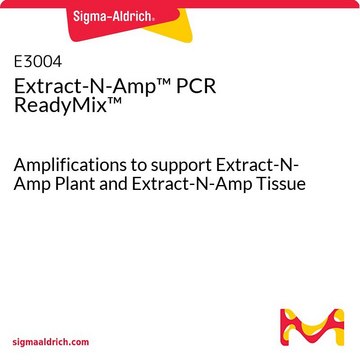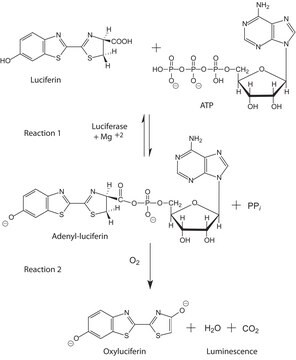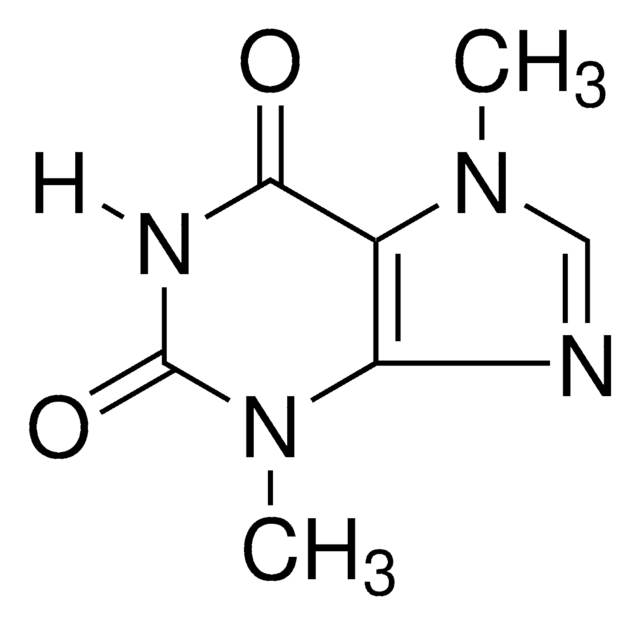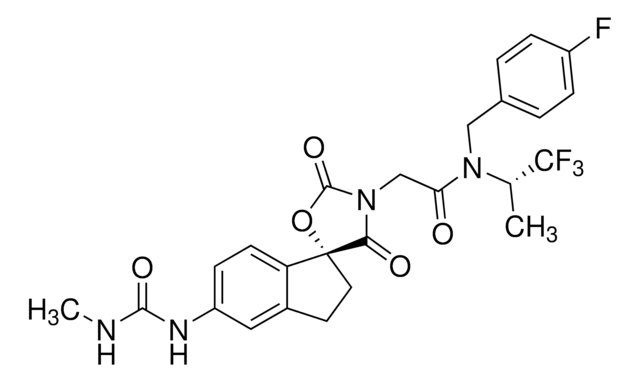ABN1669M
Anti-Anoctamin-1 (TMEM16A)
from rabbit
Sinónimos:
Anoctamin-1, TMEM16A
About This Item
IF
WB
immunofluorescence: suitable
western blot: suitable
Productos recomendados
biological source
rabbit
Quality Level
antibody form
affinity isolated antibody
antibody product type
primary antibodies
clone
polyclonal
species reactivity
human, mouse
species reactivity (predicted by homology)
rat (based on 100% sequence homology)
packaging
antibody small pack of 25 μL
technique(s)
immunocytochemistry: suitable
immunofluorescence: suitable
western blot: suitable
isotype
IgG
NCBI accession no.
UniProt accession no.
target post-translational modification
unmodified
Gene Information
human ... ANO1(55107)
mouse ... Ano1(101772)
General description
Specificity
Immunogen
Application
Neuroscience
Immunofluorescence Analysis: A representative lot detected Anoctamin-1 (TMEM16A) in Immunofluorescence applications (Huang, F., et. al. (2009). Proc Natl Acad Sci USA. 106(50):21413-8; Wang, H.C., et. al. (2015). Cell. 163(6):1348-59; Huang, F., et. al. (2012). Proc Natl Acad Sci USA. 109(40):16354-9).
Immunocytochemistry Analysis: A representative lot detected Anoctamin-1 (TMEM16A) in Immunocytochemistry applications (Huang, F., et. al. (2009). Proc Natl Acad Sci USA. 106(50):21413-8).
Western Blotting Analysis: A representative lot detected Anoctamin-1 (TMEM16A) in Western Blotting applications (Huang, F., et. al. (2009). Proc Natl Acad Sci USA. 106(50):21413-8).
Quality
Western Blotting Analysis: A 1:500 dilution of this antibody detected Anoctamin-1 (TMEM16A) in 10 µg of A431 cell lysate.
Target description
Physical form
Storage and Stability
Other Notes
Disclaimer
¿No encuentra el producto adecuado?
Pruebe nuestro Herramienta de selección de productos.
Storage Class
12 - Non Combustible Liquids
wgk_germany
WGK 1
flash_point_f
Not applicable
flash_point_c
Not applicable
Certificados de análisis (COA)
Busque Certificados de análisis (COA) introduciendo el número de lote del producto. Los números de lote se encuentran en la etiqueta del producto después de las palabras «Lot» o «Batch»
¿Ya tiene este producto?
Encuentre la documentación para los productos que ha comprado recientemente en la Biblioteca de documentos.
Nuestro equipo de científicos tiene experiencia en todas las áreas de investigación: Ciencias de la vida, Ciencia de los materiales, Síntesis química, Cromatografía, Analítica y muchas otras.
Póngase en contacto con el Servicio técnico
